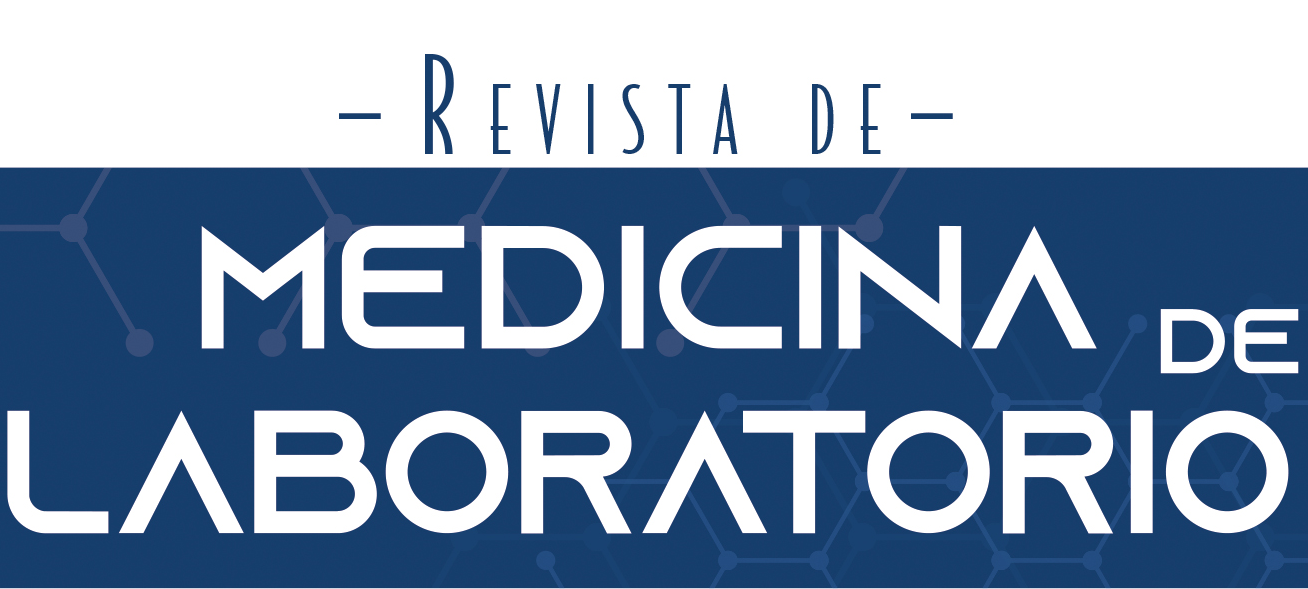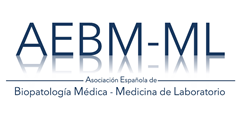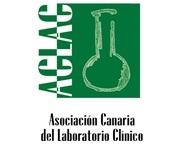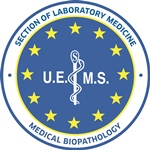Revisiones - Metaanálisis
Utilidad de los algoritmos de priorización de variantes con significado clínico desconocido en el síndrome de cáncer de mama y ovario hereditario
Verónica Castillo Guardiola, M.ª Desamparados Sarabia Meseguer, Laura Rosado Jiménez, Miguel Marín Vera, José Antonio Macías Cerrolaza, Encarnación Cuevas Tortosa, Francisco Ruiz Espejo, José Antonio Noguera Velasco
 Número de descargas:
56429
Número de descargas:
56429
 Número de visitas:
18750
Número de visitas:
18750
 Citas:
0
Citas:
0
Compártelo:
La aparición de la secuenciación de nueva generación ha supuesto una revolución en el estudio genético del síndrome de cáncer de mama y ovario hereditario (SCMOH), ya que ha permitido la incorporación a la práctica clínica de paneles de genes, o incluso de exomas y genomas completos. El gran aumento de la información que se obtiene de un estudio genético ha ido unido a un incremento de la incertidumbre debido al mayor número de variantes con significado desconocido (VUS) halladas. En consecuencia, recientemente se ha acuñado el concepto de VUS priorizada, que hace referencia a aquellas variantes con significado clínico desconocido que, según la bibliografía disponible, presentan un mayor riesgo de ser deletéreas. En esta revisión se pretende mostrar la evolución de las guías de clasificación clínica de variantes, destacar la necesidad del desarrollo de algoritmos de priorización para seleccionar estas VUS priorizadas que permitan optimizar la realización de estudios complementarios, así como advertir de la importancia de realizar un correcto proceso de asesoramiento genético que haga entender al paciente las posibles consecuencias de dicho análisis.
Palabras Clave: Síndrome de cáncer de mama y ovario hereditario. Priorización. Variante con significado clínico desconocido.
DOI: 10.1016/bs.pmbts.2017.07.002
DOI: 10.3322/caac.21492
DOI: 10.1186/1471-2407-14-535
DOI: 10.1002/ijc.29210
DOI: 10.1007/s00404-013-3114-3
DOI: 10.1007/s12094-015-1435-3
DOI: 10.1097/GIM.0b013e31816b5cae
DOI: 10.1634/theoncologist.2012-0452
DOI: 10.1038/ng.2854
DOI: 10.1038/gim.2015.30
DOI: 10.1038/gim.2017.37
DOI: 10.1186/s12920-016-0178-5
DOI: 10.1002/humu.22972
DOI: 10.1007/s00432-018-2763-9
DOI: 10.1007/s10689-017-9985-x
DOI: 10.7314/APJCP.2015.16.6.2177
DOI: 10.1371/journal.pone.0067538
DOI: 10.1371/journal.pone.0055681
DOI: 10.1001/jamaoncol.2015.2690
DOI: 10.1002/cncr.30498
DOI: 10.6004/jnccn.2017.0003
DOI: 10.1093/nar/29.1.308
DOI: 10.1093/nar/gks539
DOI: 10.1038/nmeth.2890
DOI: 10.1126/science.185.4154.862
DOI: 10.1101/gr.3577405
DOI: 10.1093/bioinformatics/btp190
DOI: 10.1101/gr.097857.109
DOI: 10.1093/nar/29.5.1185
DOI: 10.1093/hmg/7.5.919
DOI: 10.1089/cmb.1997.4.311
DOI: 10.1089/1066527041410418
DOI: 10.1016/j.ajhg.2017.01.004
DOI: 10.1016/j.ejca.2018.10.007
Revisiones - Metaanálisis: RAD51C y RAD51D en el síndrome de cáncer de mama y ovario hereditario
Ana Isabel Sánchez Bermúdez , M.ª Desamparados Sarabia Meseguer , Verónica Castillo Guardiola , Francisco Ruiz Espejo , José Antonio Noguera Velasco
Originales: Priorización de variantes de exoma mediante un sistema automático que emplea términos HPO
José Miguel Lezana Rosales , Diego Tuñón Le Poultel , Juan Francisco Quesada Espinosa , Emma Soengas Gonda , Ana Arteche-López , Carmen Palma Milla , Irene Gómez Manjón , María Isabel Álvarez-Mora , Rubén Pérez de la Fuente , María Teresa Sánchez Calvín , María José Gómez Rodríguez , Marta Moreno García
Artículos más populares
Imagen - Infografías: Orina verde-azulada: ¿artefacto o patología?
-
Licencia creative commons: Open Access bajo la licencia Creative Commons 4.0 CC BY-NC-SA
https://creativecommons.org/licenses/by-nc-sa/4.0/legalcode











